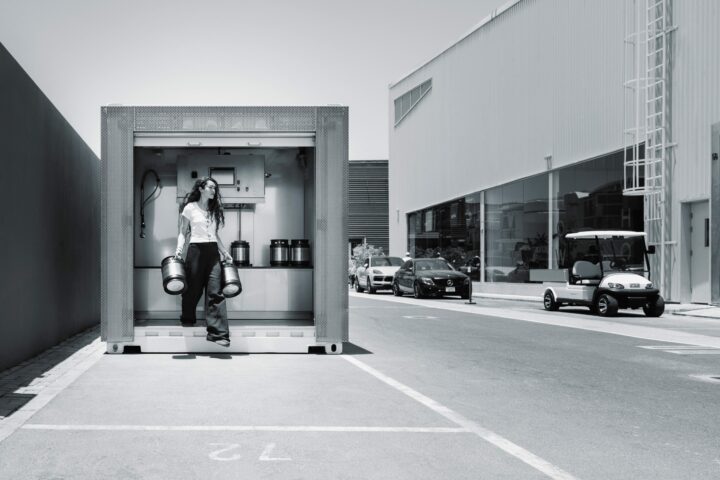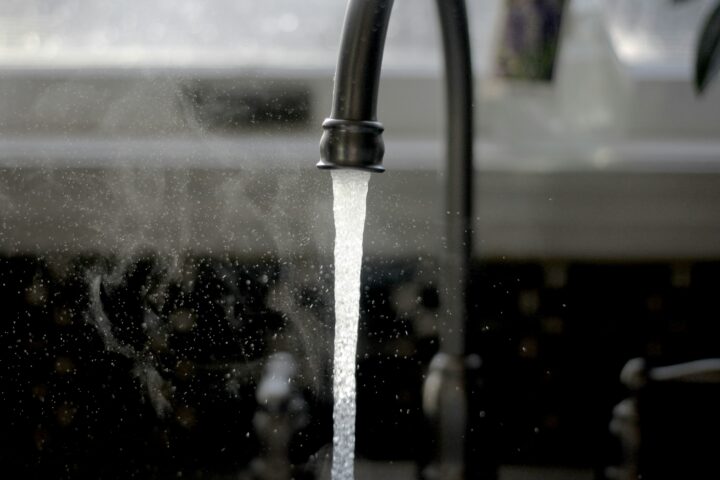At the Laboratory of Organic Electronics at Linköping University, researchers have created a high-efficiency steam generator that purifies water. By using cellulose, the generator can be built in a cheap way with natural materials.
1/3 of people worldwide lack access to safe drinking water and water shortage is a problem that is expected to increase. Two ways of alleviating the problem is by purifying wastewater or desalinate seawater, something that the steam generator from Linköping University is capable of – by using sunlight.
How it works
The steam generator consists of an aerogel that contains a cellulose-based structure decorated with the organic conjugated polymer PEDOT:PSS. The polymer can absorb the energy in sunlight, especially in the infrared part of the spectrum where much of the sun’s heat is transported. The aerogel has a porous nanostructure, which means that large quantities of water can be absorbed into its pores. A porous and insulating floating foam is also located between the water and the aerogel, which makes the steam generator kept afloat. The heat from the sun vaporises the water, leaving salt and other materials behind.
Durable material
The aerogel is durable and can even be cleaned in salt water, which means it can be used again immediately. This can be repeated many times. The water that passes through the system by evaporation becomes very high-quality drinking water.
The aerogel was developed by Shaobo Han within the framework of his doctoral studies. The research has received funding principally from the Knut and Alice Wallenberg Foundation, the Tail of the Sun project, the Swedish Research Council, and the strategic research area Advanced Functional Materials at Linköping University.
Source: Linköping University



